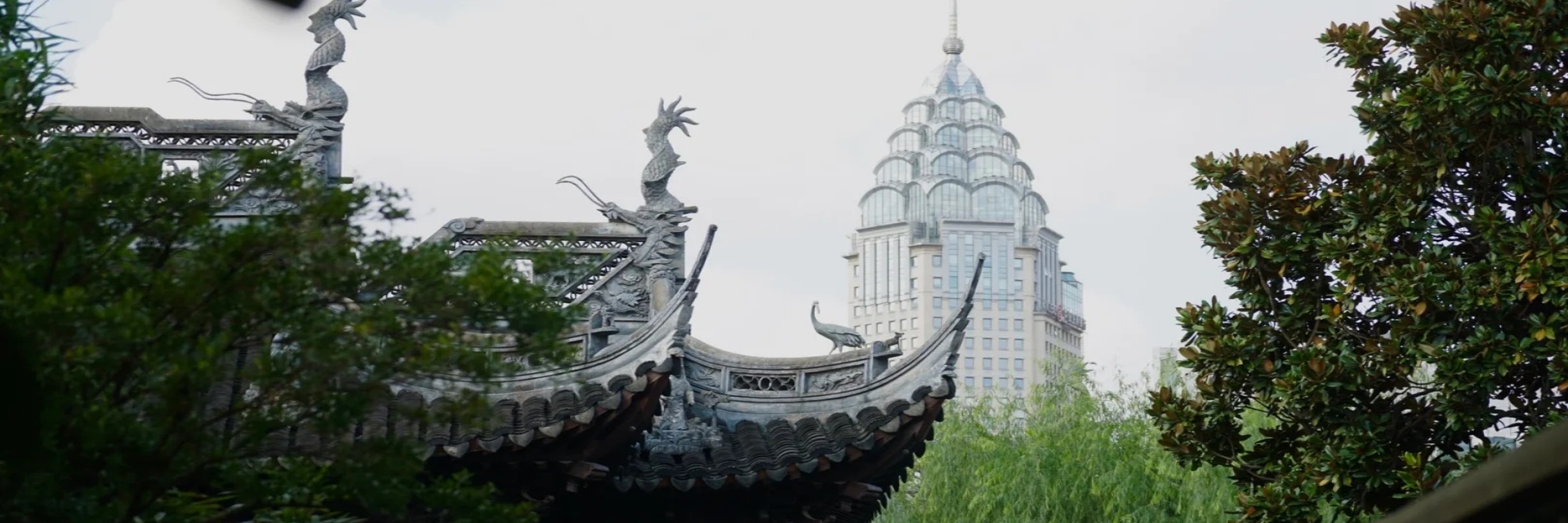
Enchanting Yu Garden in Shanghai
By Leo
Yu Garden in Shanghai has always been a place I return to. Its serene beauty, rich history, and vibrant surrounding culture make it a truly enchanting destination.
In this guide, I’ll share my personal observations along with practical tips to help you fully experience the classical architecture, lush landscapes, and lively atmosphere of Yu Garden.
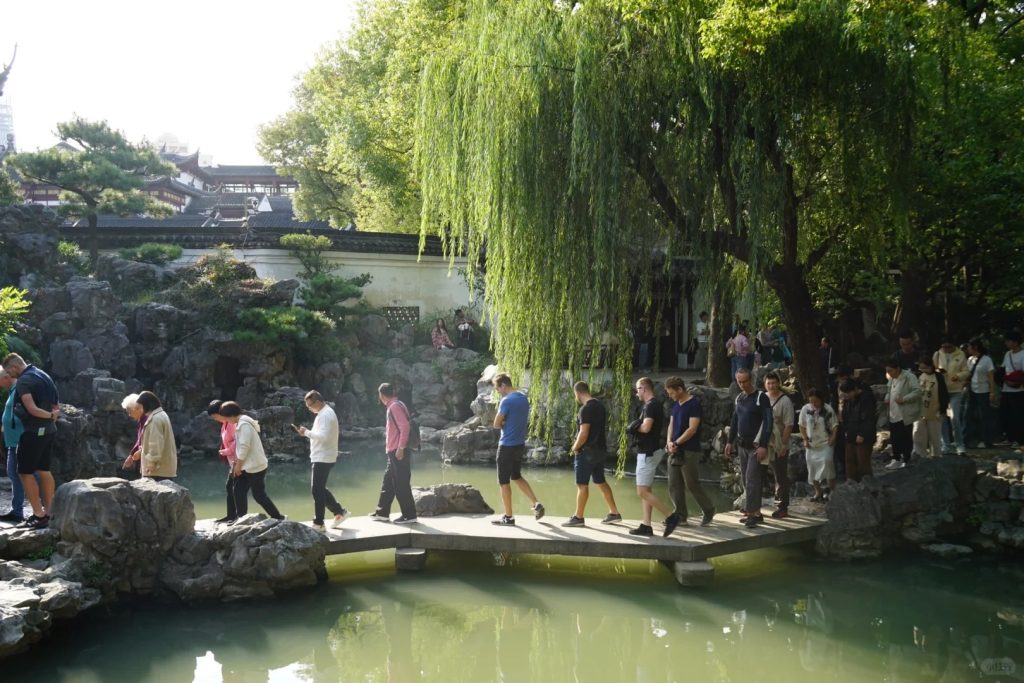
Step Into History at Yu Garden in Shanghai
Yu Garden, or Yuyuan Garden, is a classical Chinese garden from the Ming Dynasty, built in 1559 by Governor Pan Yunduan to honor his father. Situated in the heart of Shanghai, it offers a peaceful escape from the city’s bustle.
The garden features stunning rock formations, landscaped ponds, and traditional pavilions. The name “Yu” means “peace,” reflecting its purpose as a retreat. Despite surviving wars and restorations, the garden’s charm remains intact.
Highlights include the Sansui Hall, once used for ancient ceremonies, and Dianchun Hall, which served as a rebel headquarters during the Qing Dynasty. Stepping into Yu Garden feels like entering a scene from a Ming Dynasty painting, filled with history and beauty at every turn.
What to See and Do in Yu Garden
Yu Garden exemplifies traditional southern Chinese garden design, blending rocks, water, plants, and architecture. This harmonious creation offers a peaceful retreat, reflecting the elegance of the Ming and Qing periods.
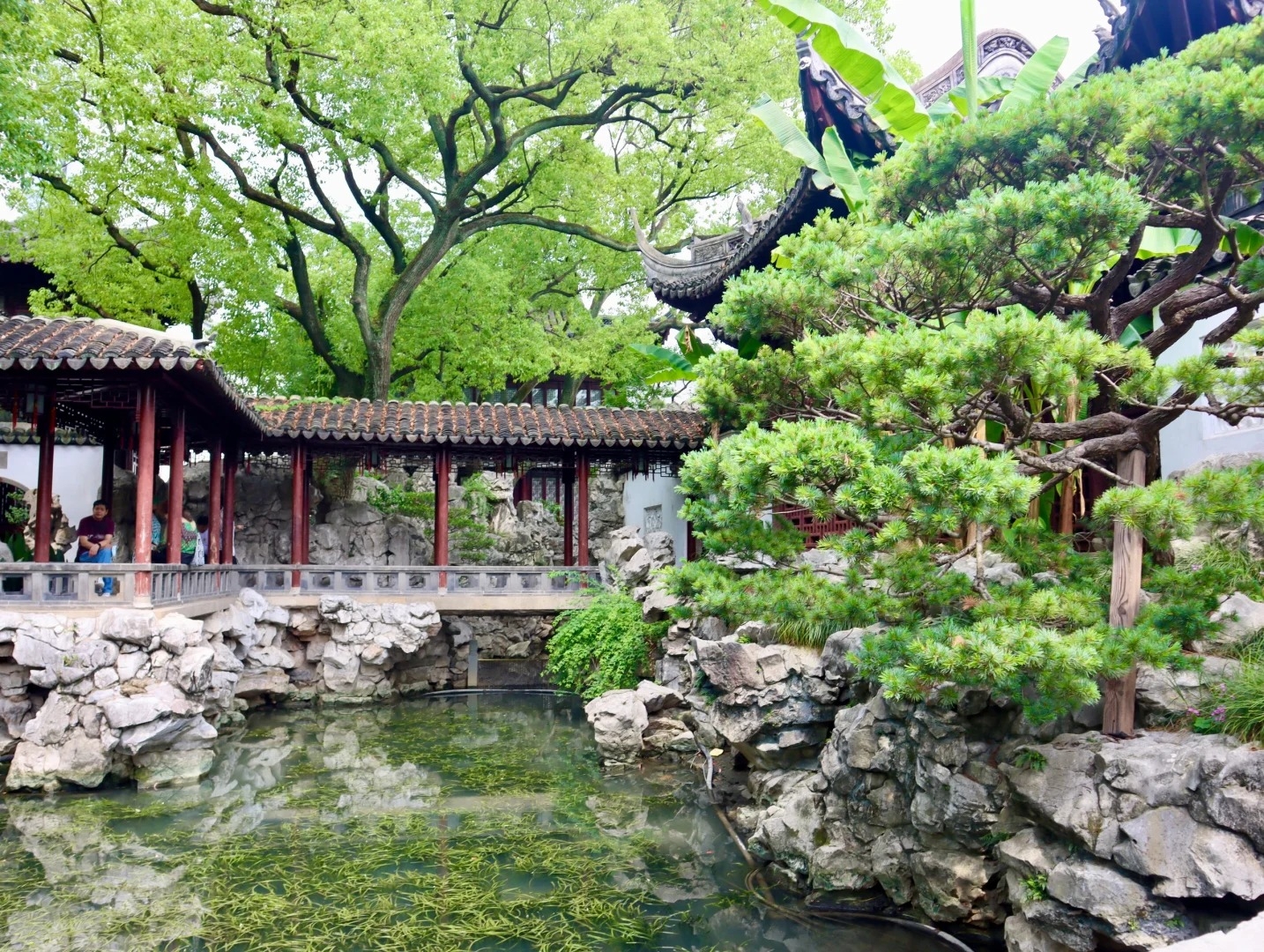
The garden spans about two hectares and is intelligently divided into six distinct scenic areas. Each section presents its own unique features and stories, inviting exploration. I always start my journey by simply allowing myself to wander, letting the beauty unfold.
Exploring Sansui Hall and Wanhua Chamber in Yu Garden
My exploration often begins at the Sansui Hall, one of the largest and most impressive structures. Its grand scale and intricate carvings truly capture the essence of Ming Dynasty architecture. From there, I move to the Wanhua Chamber, a delightful area known for its vibrant flowers and ancient trees. The lattice windows and delicate designs here offer a serene atmosphere, perfect for quiet reflection.
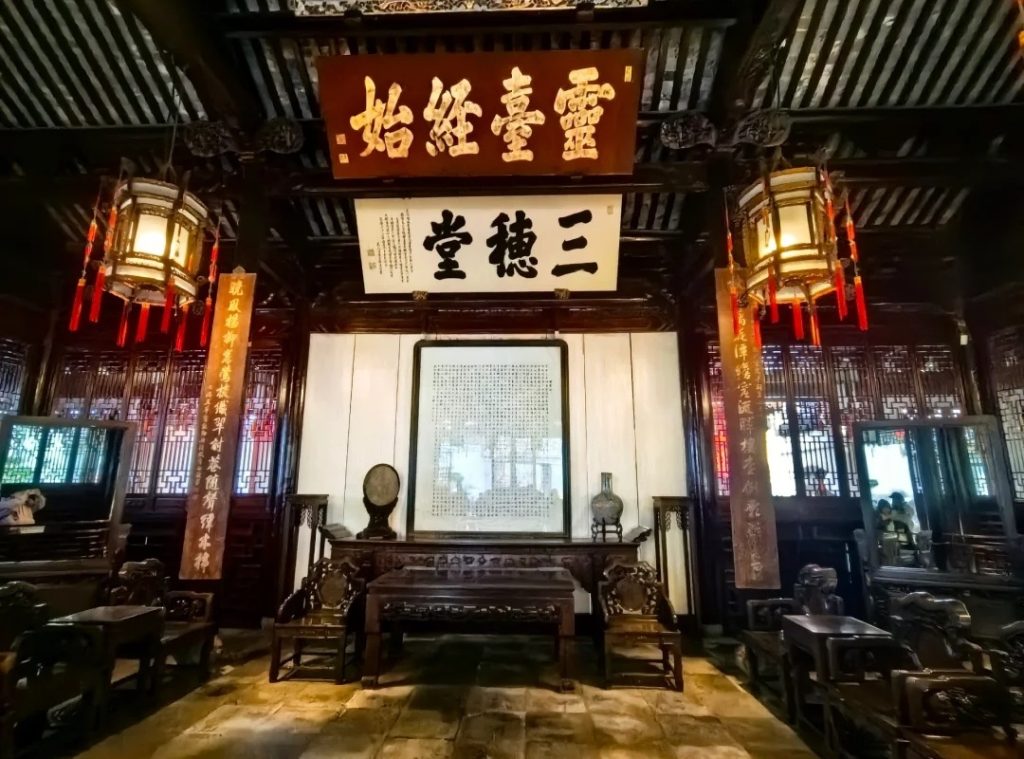
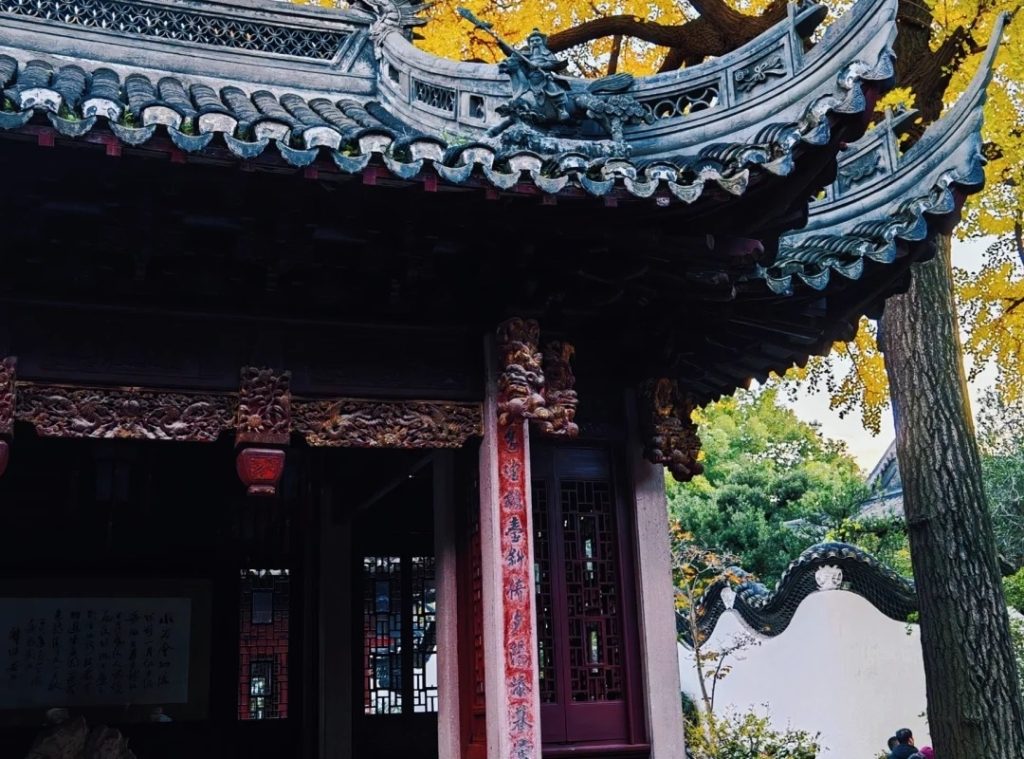
Uncovering the Historical Significance of Dianchun Hall in Yu Garden
The Dianchun Hall always intrigues me with its rich history. This hall served as the headquarters for the Small Sword Society during the Taiping Rebellion, adding a layer of historical drama to its peaceful setting. It’s a reminder that even in places of beauty, significant events have unfolded.
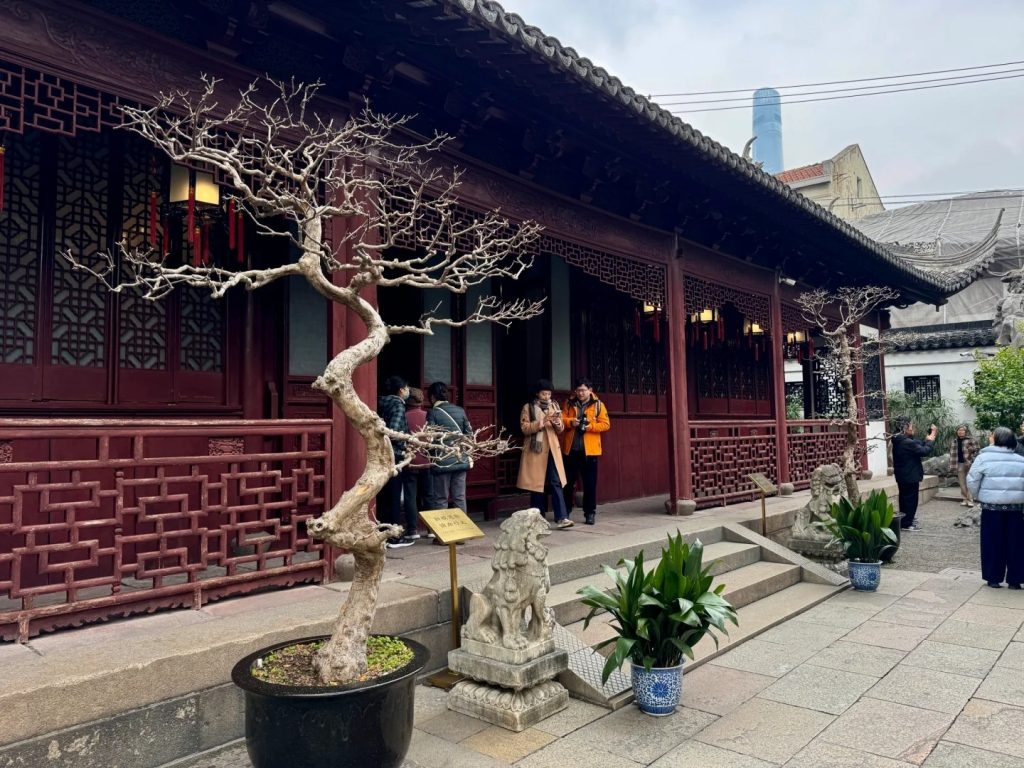
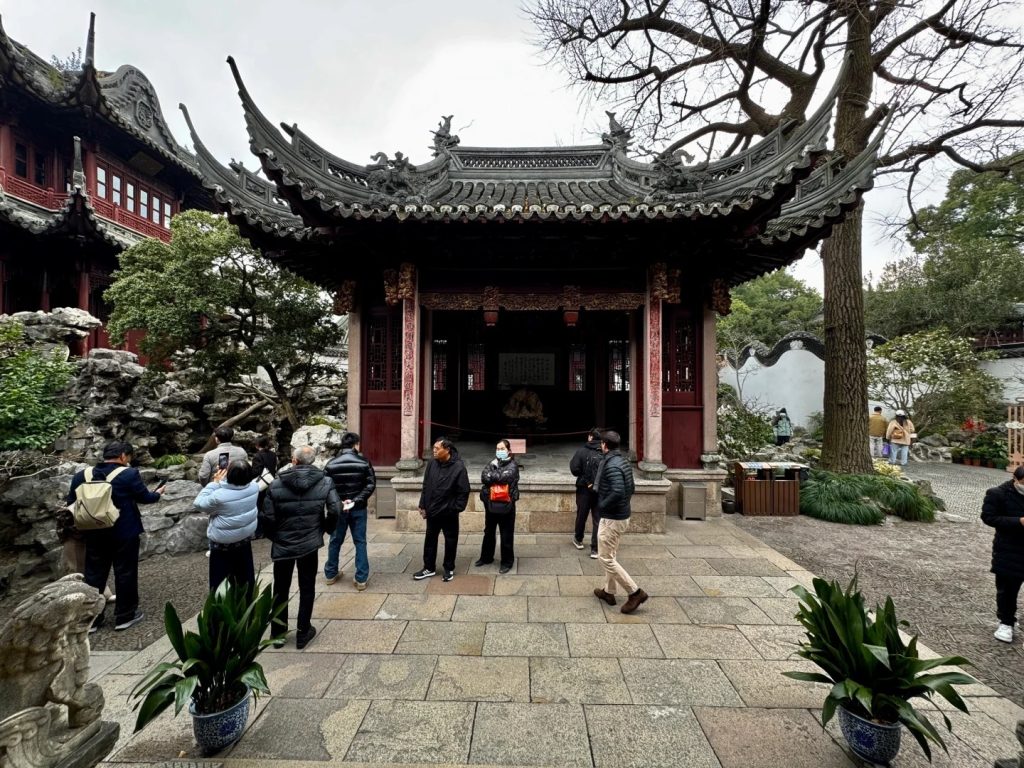
Discover the Tranquil Beauty of the Inner Garden in Yu Garden
The Inner Garden remains one of my favorite spots. It’s a smaller, more intimate space, carefully designed with delicate pavilions, serene koi ponds, and winding paths. Here, you can truly slow down, observe the playful koi, and enjoy the tranquil sounds of nature. It’s an ideal place to unwind and simply be present.
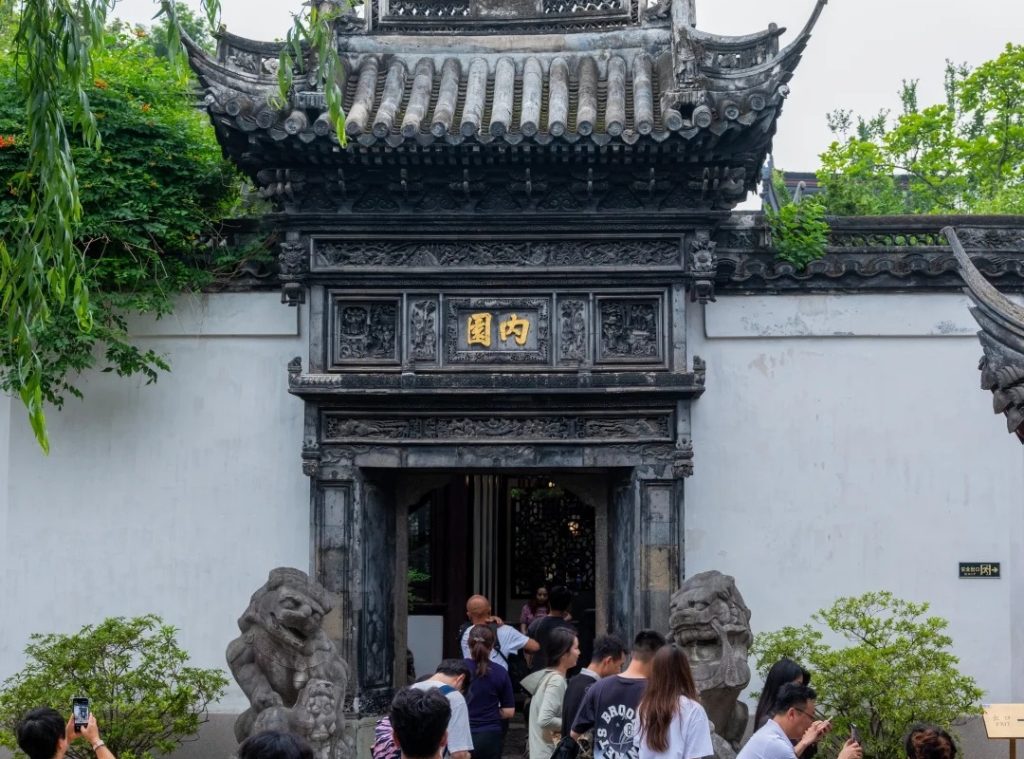
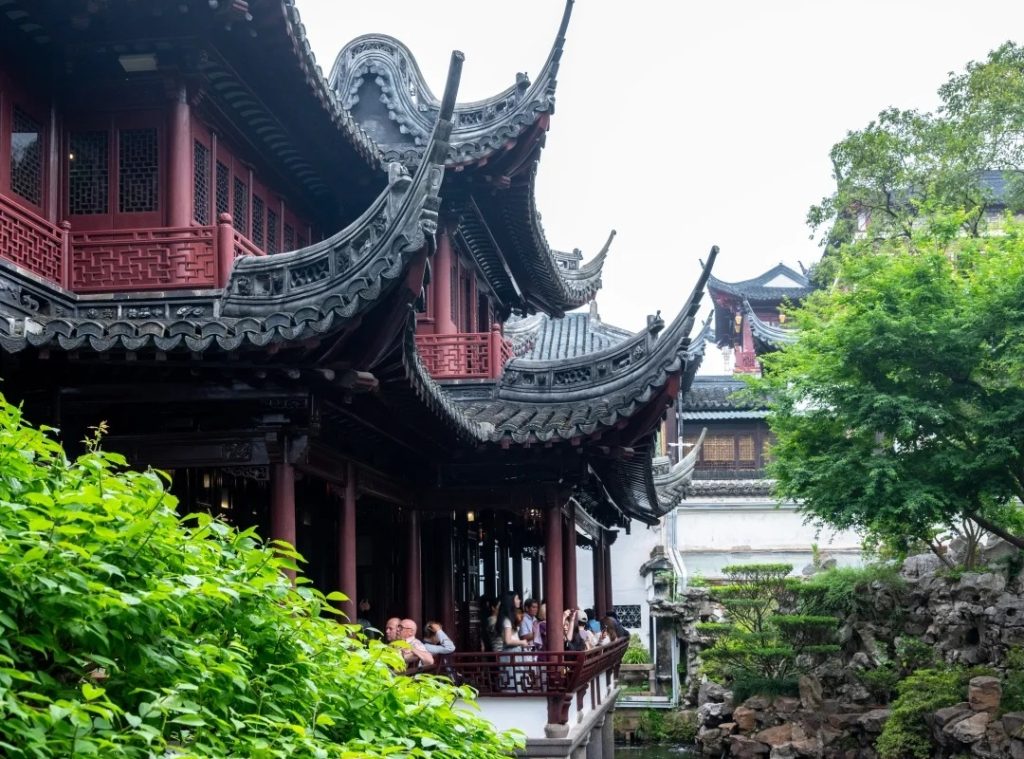
Visiting the Iconic Huxinting Teahouse in Yu Garden
A central landmark in the bazaar is the Huxinting Teahouse, often called the “First Teahouse of Shanghai.” It gracefully floats on a pond, accessible via the famous zigzag bridge. Locals say the zigzag design wards off evil spirits. It’s a wonderful spot to relax, sip traditional Chinese tea, and observe the lively activity around you.
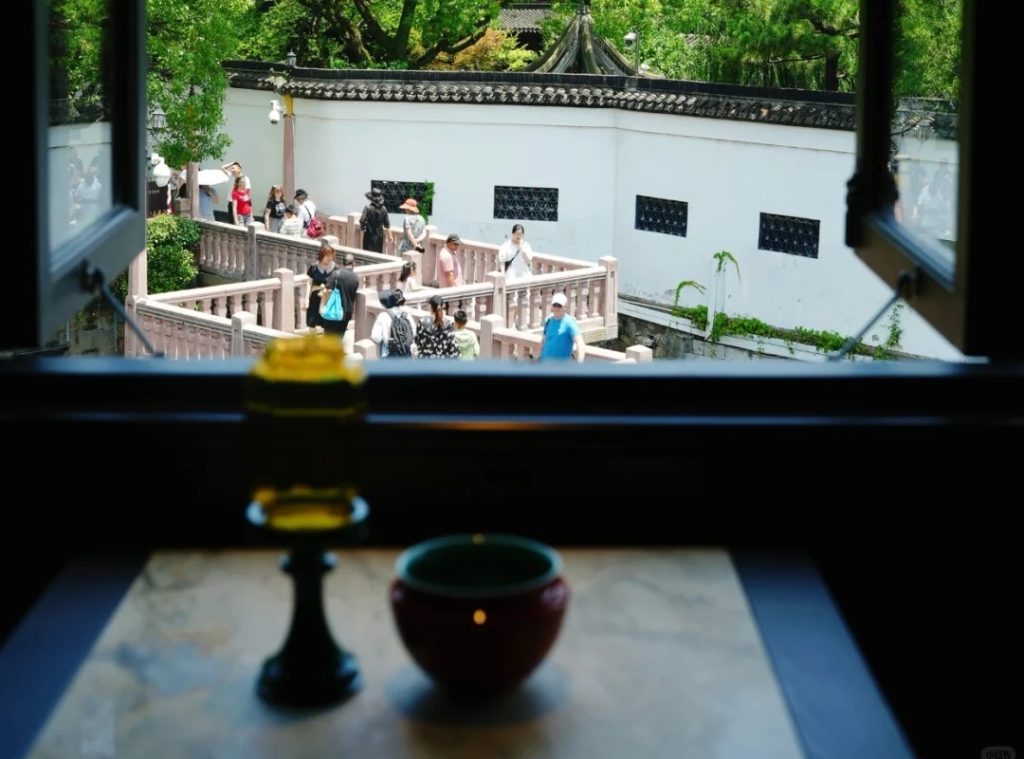
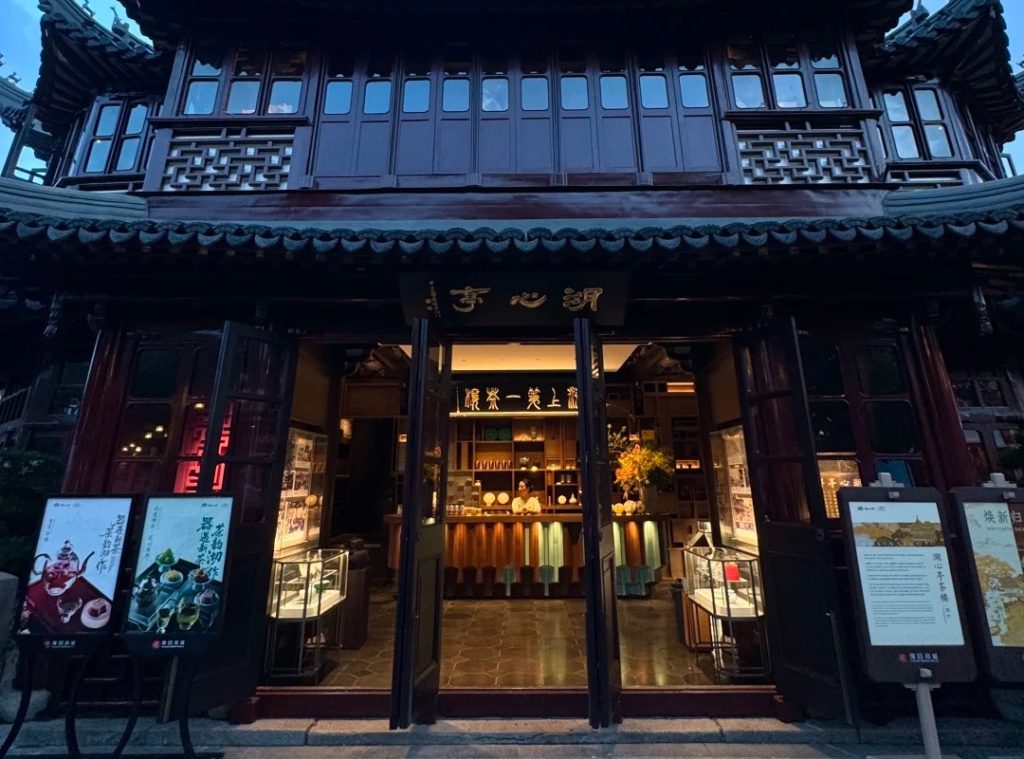
The Allure of the Exquisite Jade Rock in Yu Garden
One of Yu Garden’s most celebrated features is the Exquisite Jade Rock. This natural marvel is famed for its unusual shape and numerous holes, which allow light and air to pass through in fascinating ways. It’s a true masterpiece of nature, revered for centuries, and many visitors believe it brings good fortune. I always pause here, admiring its unique form.
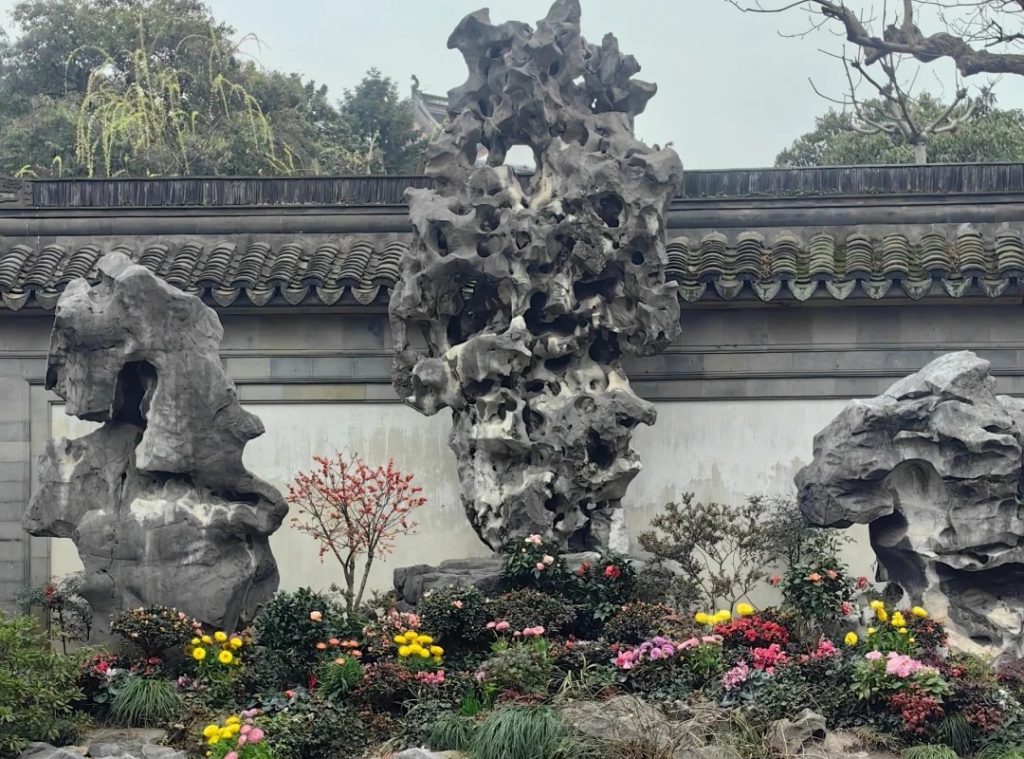
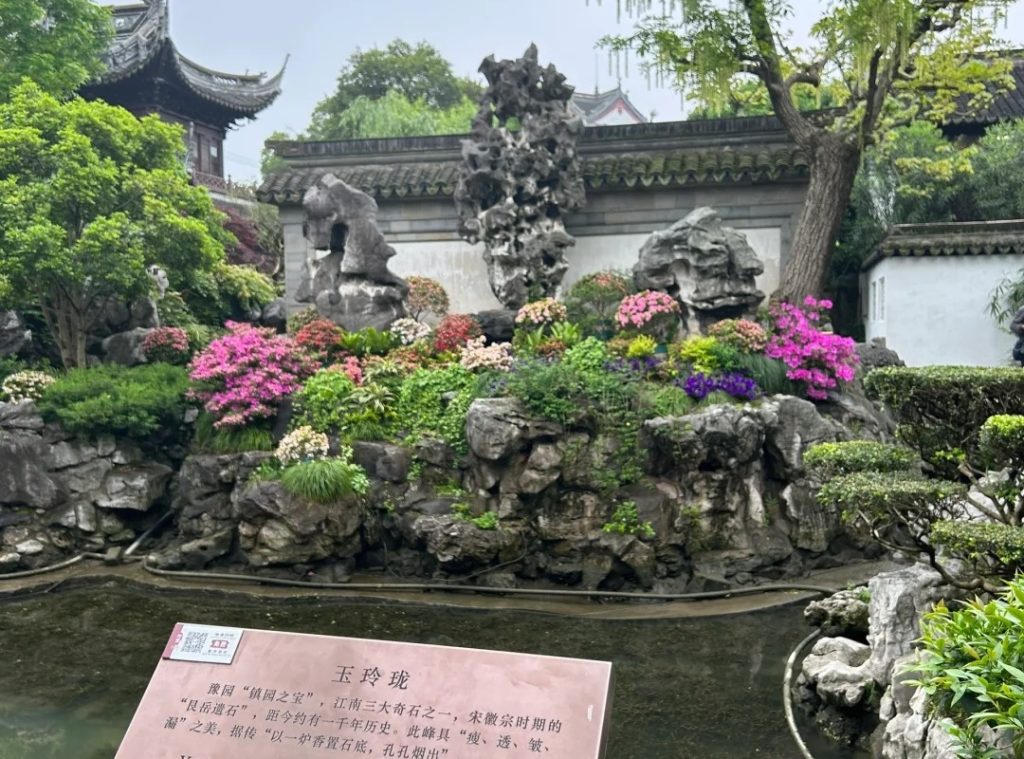
The Mystique of the Dragon Walls in Yu Garden
Winding throughout the garden are the magnificent Dragon Walls. These stone carvings feature undulating dragon motifs, adding a mystical and powerful presence to the landscape. They symbolize protection and strength, and following their curves enhances the sense of discovery within the garden.
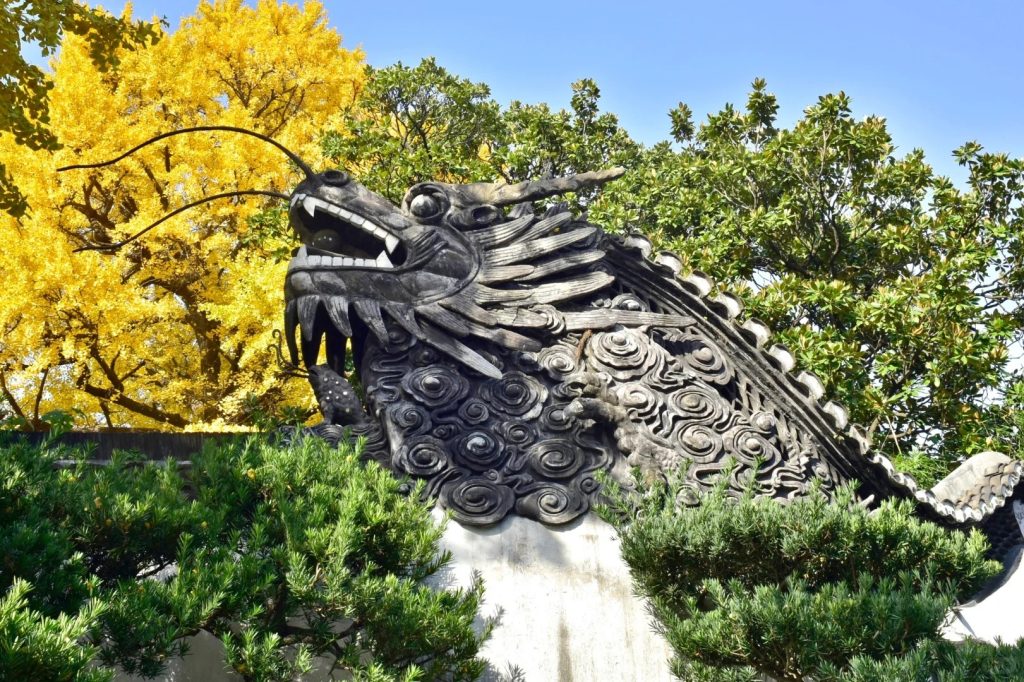
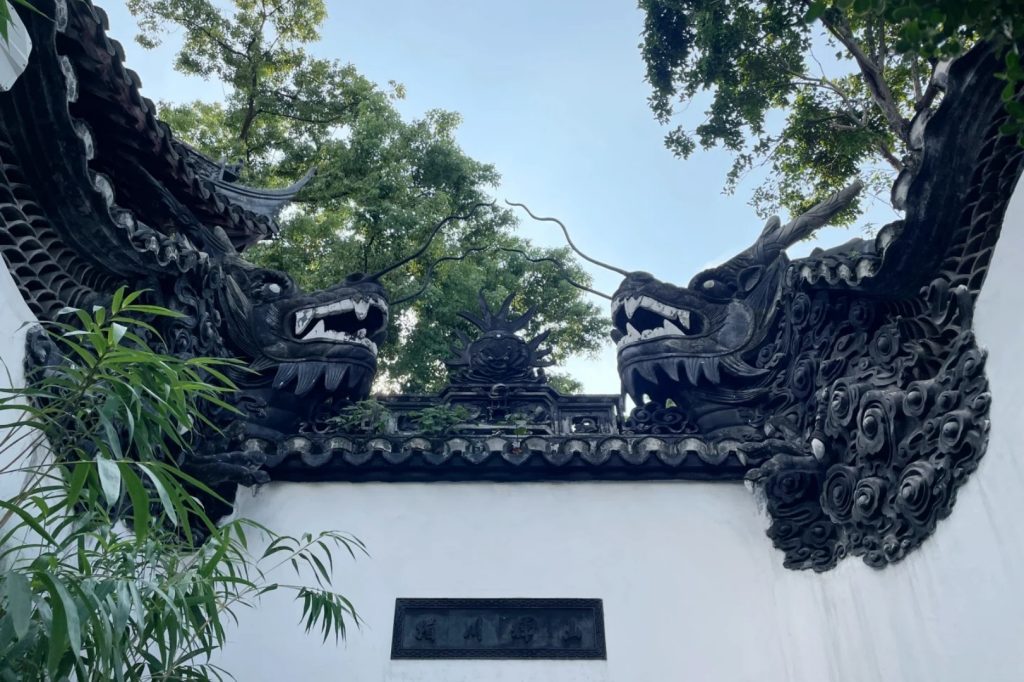
How to Get to Yu Garden in Shanghai
Getting to Yu Garden is easy and convenient. It’s located in the old town area of Shanghai, near the City God Temple.
| Method | Details | Travel Time | Tips |
| Metro | Line 10 or 14 to Yuyuan Garden Station | 5-10 min walk | Exit 1 (Line 10) or Exit 7 (Line 14) |
| Bus | Routes: 11, 26, 64, 736, 920, 926, 930 | 5-10 min walk | New North Gate Station is closest |
| Taxi | Show driver “豫园” or “218 Anren Street” | 4-10 min ride | Best from Bund/Nanjing Road area |
| Walking | From City God Temple (5 min) or The Bund (25 min/2.2km) | 5-25 min | Scenic route through old streets |

A Day Plan for Yu Garden Immersion
If you’re wondering how to structure your visit, here’s a simple half-day plan I often follow for exploring Yu Garden in Shanghai:
| Time | Activity | Notes |
| Morning (9:00 AM – 10:00 AM) | Arrive at Yu Garden, explore Sansui Hall and Grand Rockery | Beat the crowds, enjoy the morning calm. |
| Late Morning (10:00 AM – 11:30 AM) | Wander through Wanhua Chamber, Dianchun Hall, and other main sections | Take your time, appreciate the details. |
| Midday (11:30 AM – 12:30 PM) | Find tranquility in the Inner Garden, visit Exquisite Jade Rock and Dragon Walls | Perfect for quiet reflection and stunning photos. |
| Lunch & Afternoon (12:30 PM onwards) | Cross Nine-Bend Bridge, enjoy Huxinting Teahouse, explore Yuyuan Bazaar | Savor local snacks, shop for souvenirs. |
Top Scenic Spots Near Yu Garden in Shanghai
Yu Garden, located in Shanghai’s Huangpu District, serves as a perfect starting point to explore several iconic nearby attractions. Here are some top scenic spots within a short travel distance from Yu Garden:
Shanghai Museum
Approximately 10–15 minutes by car or metro from Yu Garden, the Shanghai Museum is easy to reach. Take Line 10 from Yu Garden Station and get off at People’s Square Station.
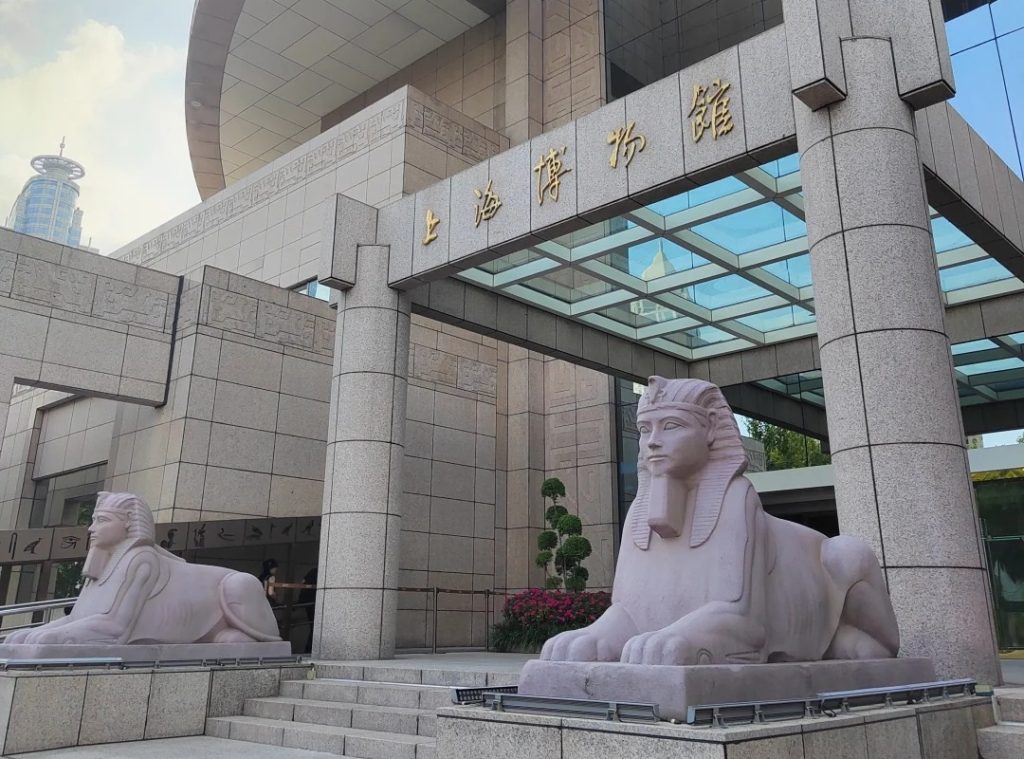
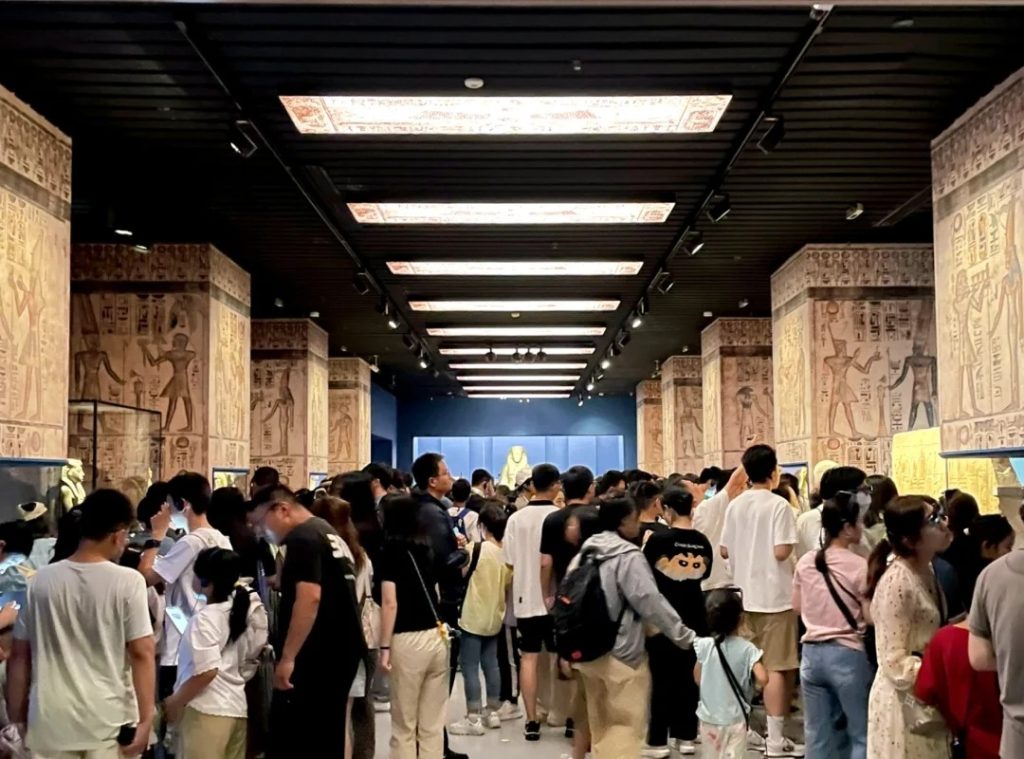
The Bund
Around 10-15 minutes by car or metro. You can take Line 10 from Yu Garden Station and transfer to Line 2 at People’s Square Station, getting off at East Nanjing Road Station for a short walk to the Bund.
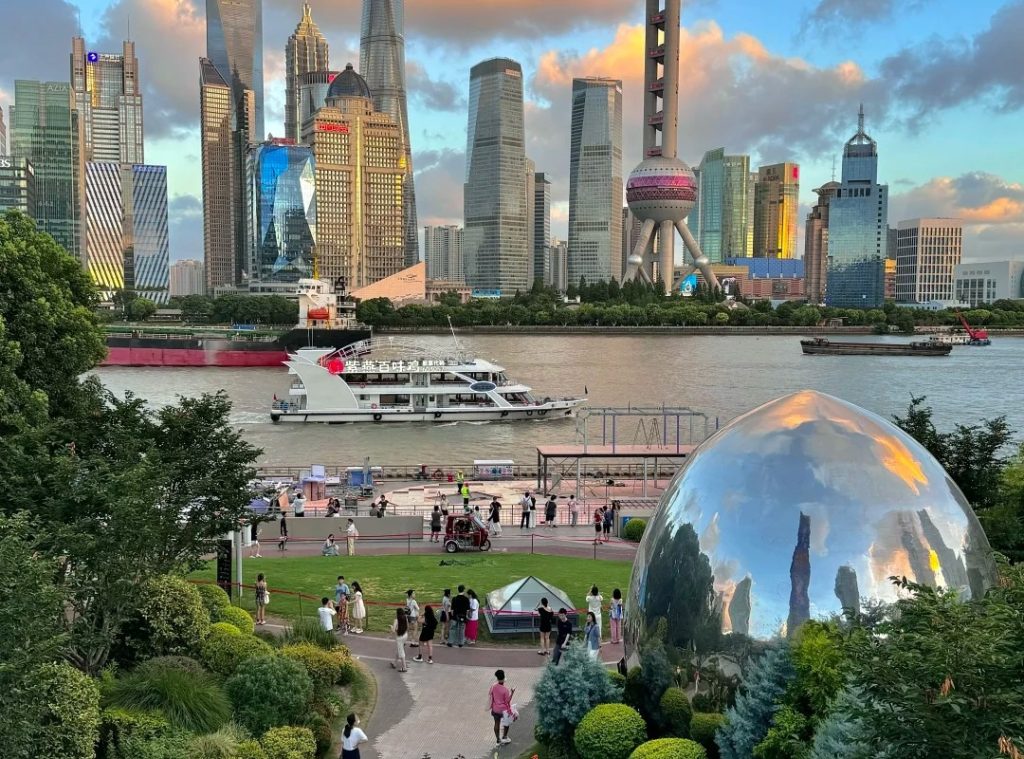

Tips for a Seamless Experience at Yu Garden
To make the most of your trip to Yu Garden in Shanghai, here are some practical tips based on my own experiences:
Best Time to Visit: Spring (March–May) and autumn (September–November) are the best seasons to visit. The flowers are in bloom during spring, and the autumn foliage adds a golden touch to the garden.
Avoid Crowds: Weekends and holidays can be very busy. Try to visit early in the morning or on a weekday for a more peaceful experience.
Plan Your Time: The garden isn’t very large, but there’s plenty to see. I spent about two hours exploring the garden and another hour at the bazaar.
Wear Comfortable Shoes: You’ll be walking a lot, so make sure to wear comfortable shoes.
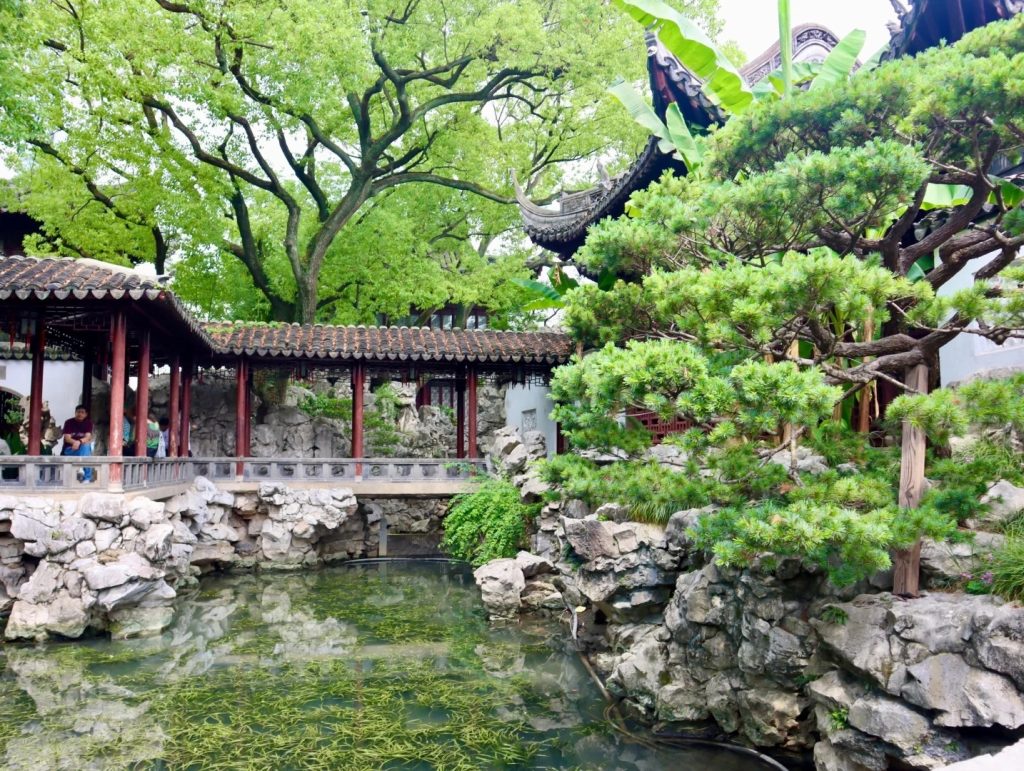
Yu Garden in Shanghai is a captivating blend of history, architecture, and culture. It offers a peaceful escape from the city’s hustle, with stunning landscapes and rich heritage. Whether you’re drawn to its historical significance, the serene beauty, or the lively surrounding bazaar, Yu Garden promises an unforgettable experience that will leave you with a deep sense of peace and wonder.